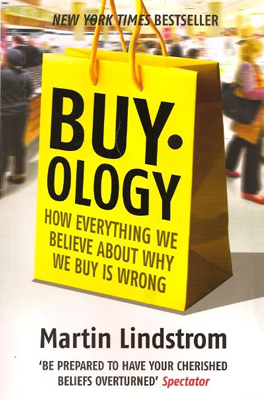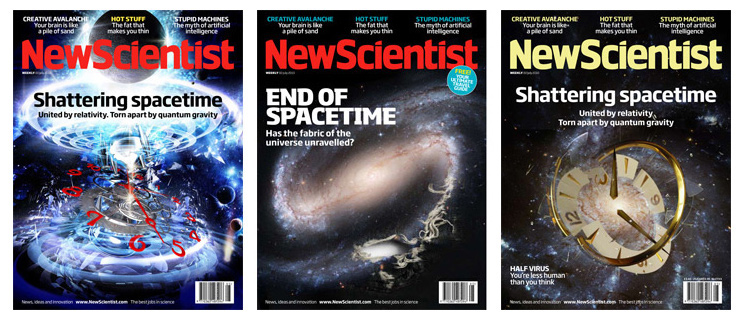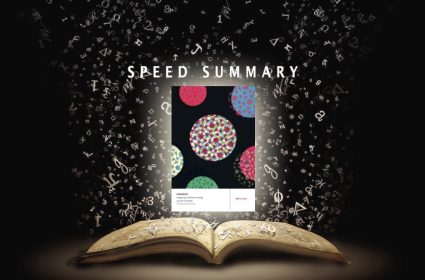Buyology: How Everything We Believe About Why We Buy is Wrong

 Buyology: How Everything We Believe About Why We Buy is Wrong
Buyology: How Everything We Believe About Why We Buy is Wrong- Author: Martin Lindstrom
- Publisher: Random House
- Publication: 2009
The big idea; brains scans don’t lie, people do. So throw out your surveys, focus groups and the obsolete ‘legacy people’ cluttering up your market research department. And buy yourself a brain scanner.
Welcome to the controversial world of neuromarketing – the study of neurological responses to marketing stimuli using biometric research techniques – and to the book that evangelises the field “Buyology” by branding consultant Martin Lindstrom.
Prior to Buyology, the posterchild for neuromarketing was a re-run of the renowned Pepsi-Coke taste test in 2004 by neuroscientist Read Montague with participants hooked up to MRI brain scanners.
Brains apparently prefer Pepsi in blind tests (pleasure centres light up strongest), but when the owners of those brains are drinking branded versions of the sodas, the brains prefer Coke (other more dominant areas of the brain light up strongest). Conclusion: branding influences brain response, and brain response influences brand preference. Implication: don’t ask, scan.
Which is precisely what magazine New Scientist did, testing brain response to three versions of a front page cover – selecting the one preferred by the 19 brains being scanned. Result – a 12% increase in sales for that issue. Skeptics pointed to poor experimental design (no control group), rash inference, dubious ethics, and the commonsense alternative explanation that PR hype and word of mouth around the stunt boosted sales.
Enter Buyology, How Everything We Believe About Why We Buy is Wrong, a book that shares the results from what’s described as a three-year, $7m study to measure the neurological reactions of 2,000 people across five countries as they were exposed to advertising and marketing messages.

First the easy bit, the study provided results consistent with the research truism that there’s a huge difference in what people want and what they say they want, and why they do what they do and why they say they do what they do. Lindstrom suggests that the unconscious decisions our brains make when we encounter advertising are responsible for approximately 90% of consumer behaviors. Which is why it’s an exercise in futility to ask people directly what they prefer and why – at least in the context of a research group or survey. But any market researcher worth their salt will tell you that.
More interesting, if more controversial, are some of the conclusions Lindstrom draws from his battery of brain scans. Hooking people up to functional magnetic resonance imaging (fMRI) scanners, which produce a detailed snapshot of brain activity at one point in time; and steady-state topography (SST) scanners, which monitor changes in brain activity over a period of time, Lindstrom provides supporting evidence for the following:
- Health warnings on cigarette packets have a similar effect to advertisements for cigarettes – they actually stimulate craving.
- Sex does not necessarily sell, ads using sex distract from the brand. In other words, sex sells sex, not brands. Sex and controversy (Calvin Klein) does, however, sell.
- Subliminal advertising does work – bypassing people’s cognitive defences against direct appeals, with sensory data – sounds, fragrance, touch, tastes and visual appeal – that appeal to the brain. Appeals to multiple senses work best.
- In an fMRI scan test, associations around the Marlboro and Camel cigarette brands (cowboys, camels) triggered a stronger brain response consistent with craving than did exposure to logos and cigarette packets themselves.
- Lindstrom also points to a parallel study that found that people’s brains light up to images of the Mini Cooper in the same way as they would a human face, explaining a subliminal appeal through literal brand personification.
- The brain responds to brands the same way it does to religion – religious symbols and brand iconography light up the same areas of the brain. Virgin Mary or Nike (Goddess of victory), Pope or iPod – there’s no difference.
- Smart marketers intuitively know this using the of architecture of religion – community, rituals and a common adversary (fear) – as a branding device.
- Advertising may work through mirror neurons, nerve cells that replicate observed emotion and behaviour. See a happy person in an ad, your brain is happy. Then buy the product, your brain is happy again.
- Purchasing decisions may work through somatic markers (emotional associations) embedded in ads and product design – Johnson’s No More Tears baby shampoo is essentially an attack ad/product working on fear creating associations between alternatives and childhood pain of stinging eyes.
- Brands can crowd each other out of the brain, intensive product placement and commercials for Coke in American Idol weaken response to other brands advertised or placed in the show.
- The extent to which brains light up when exposed to TV pilots is predictive of ratings potential (and perhaps in the future new product success).
In sum Buyology argues the case for neuromarketing, using data and a selective trawl of findings from other studies not to point to some hidden “buy button” in the brain, but to the potential of studying brain response to marketing stimuli in informing new product development and advertising.




